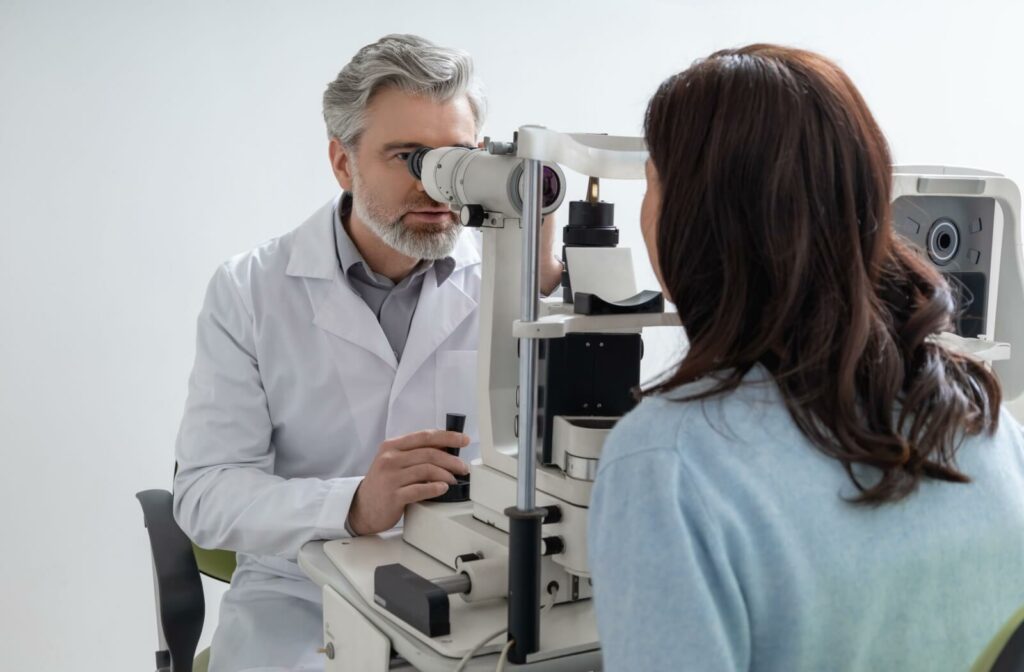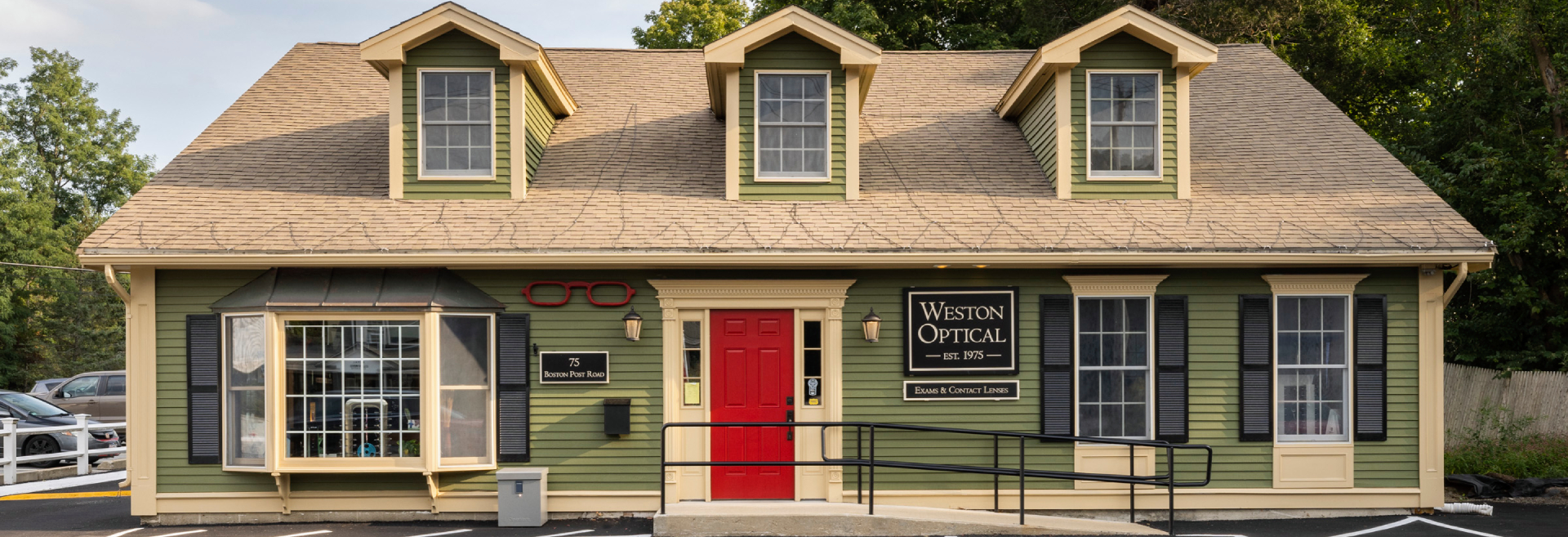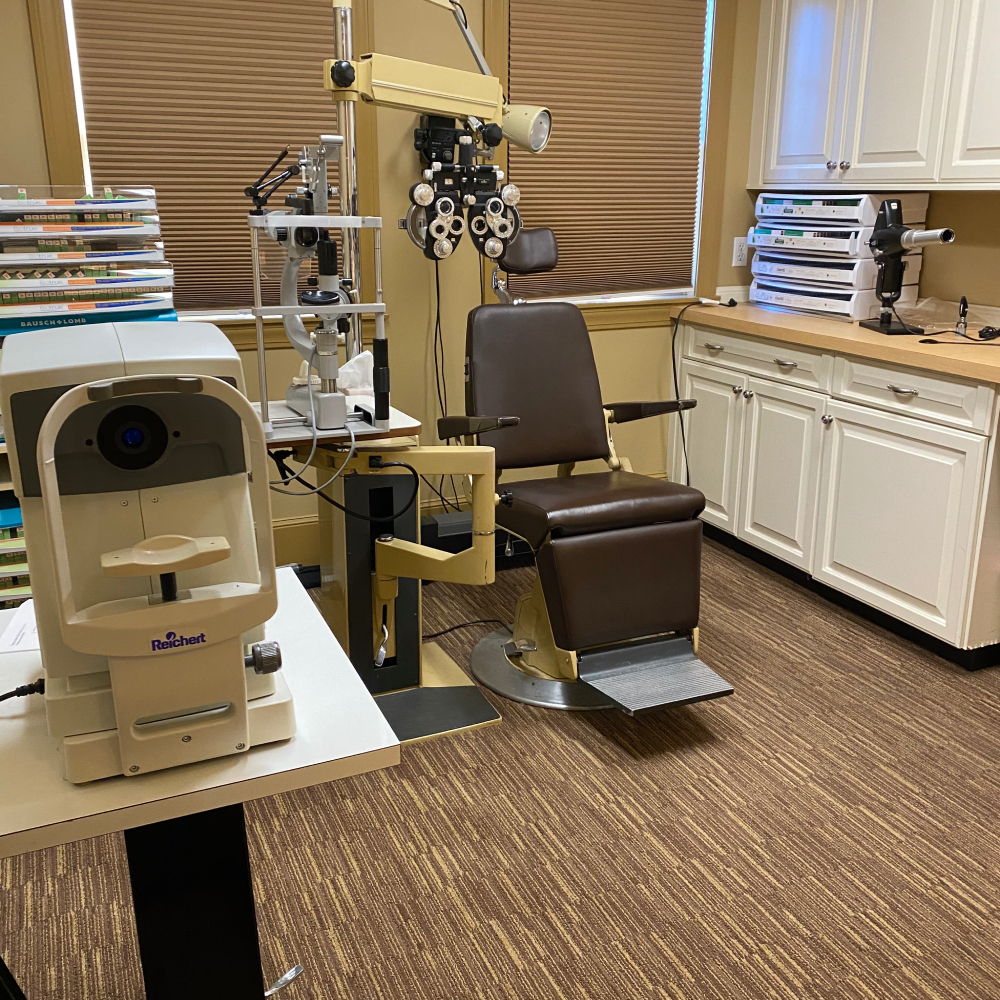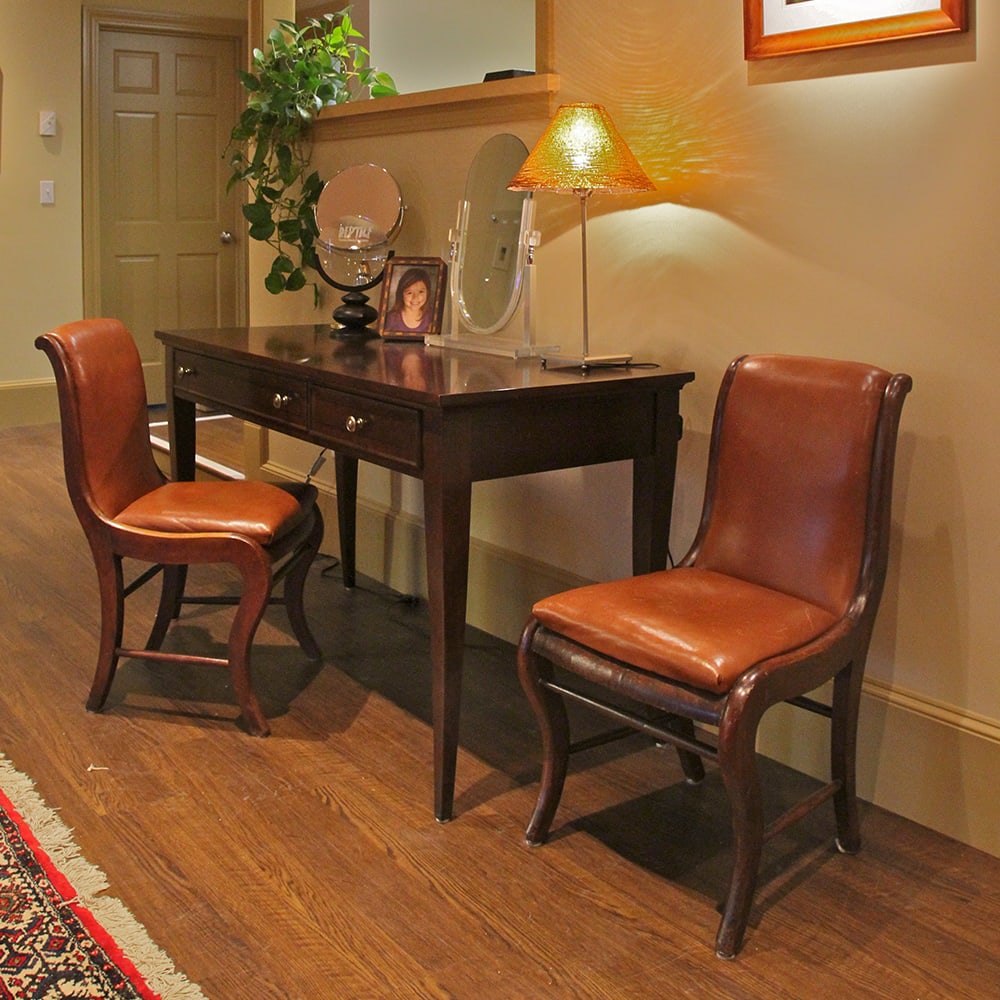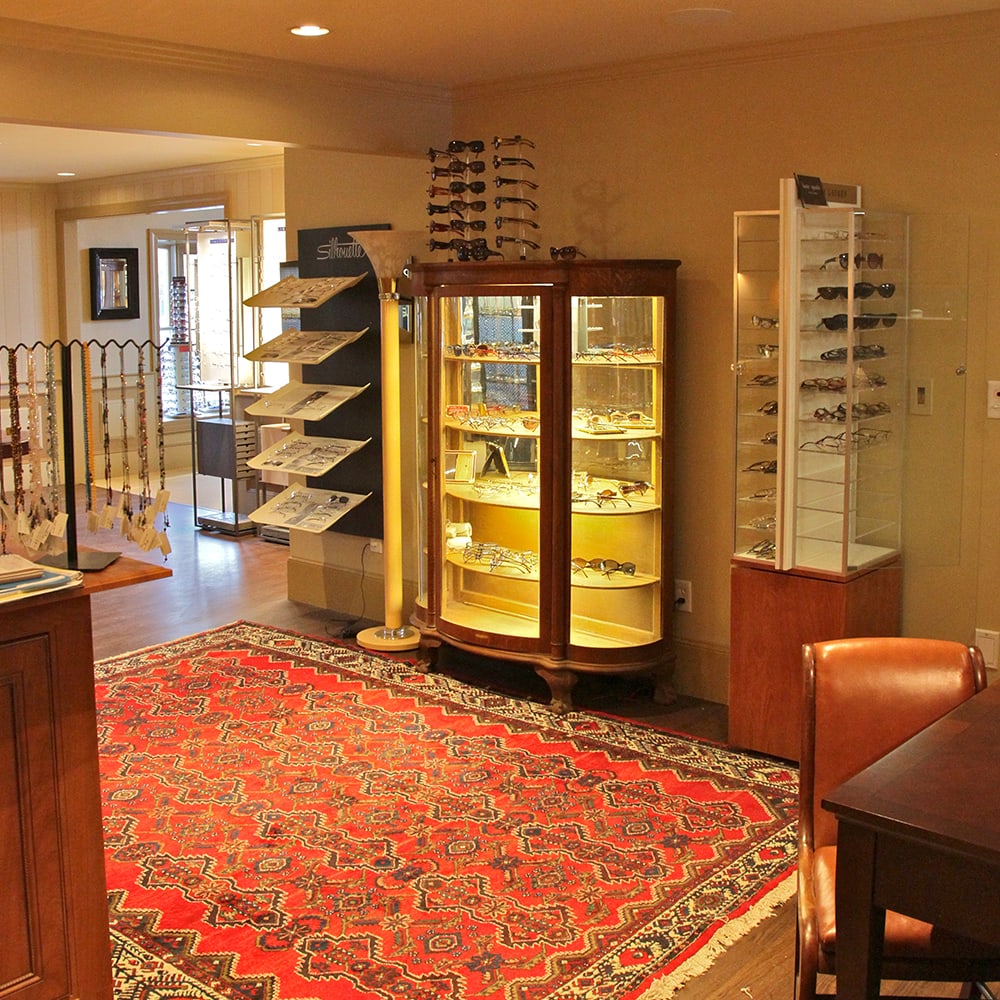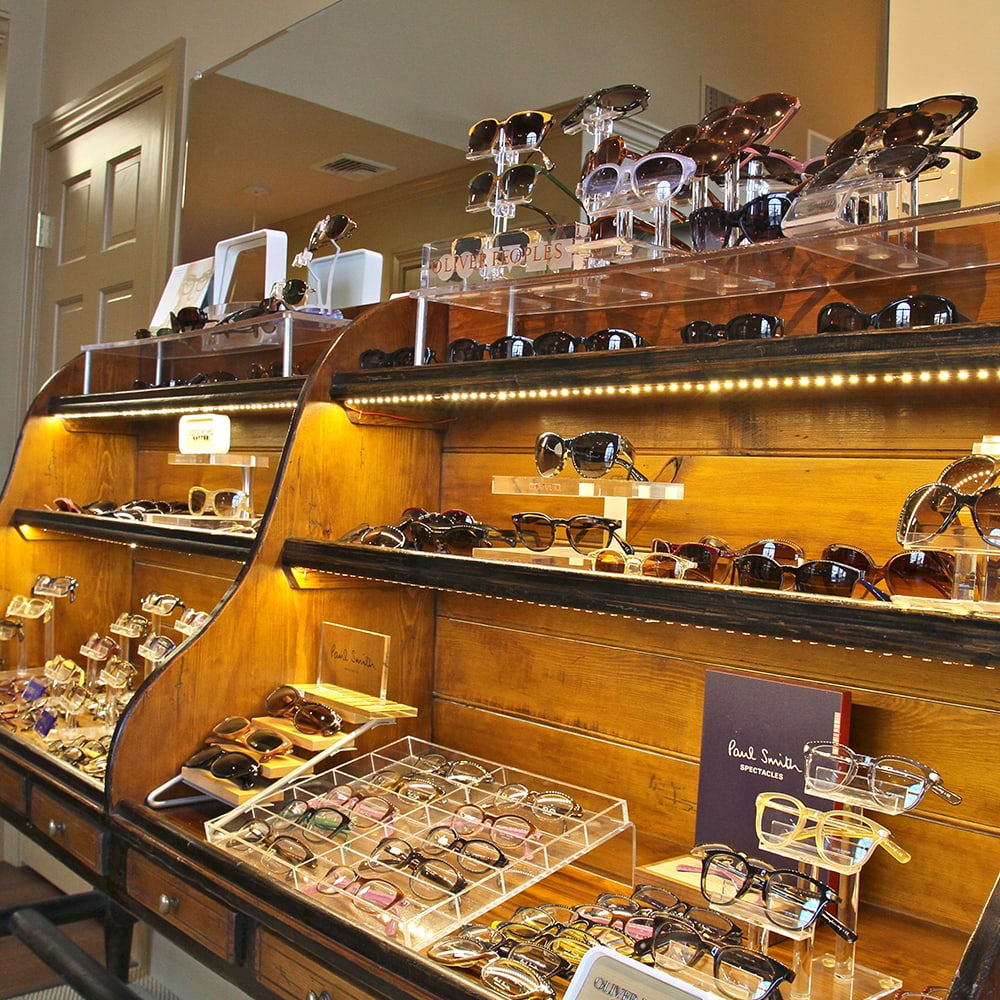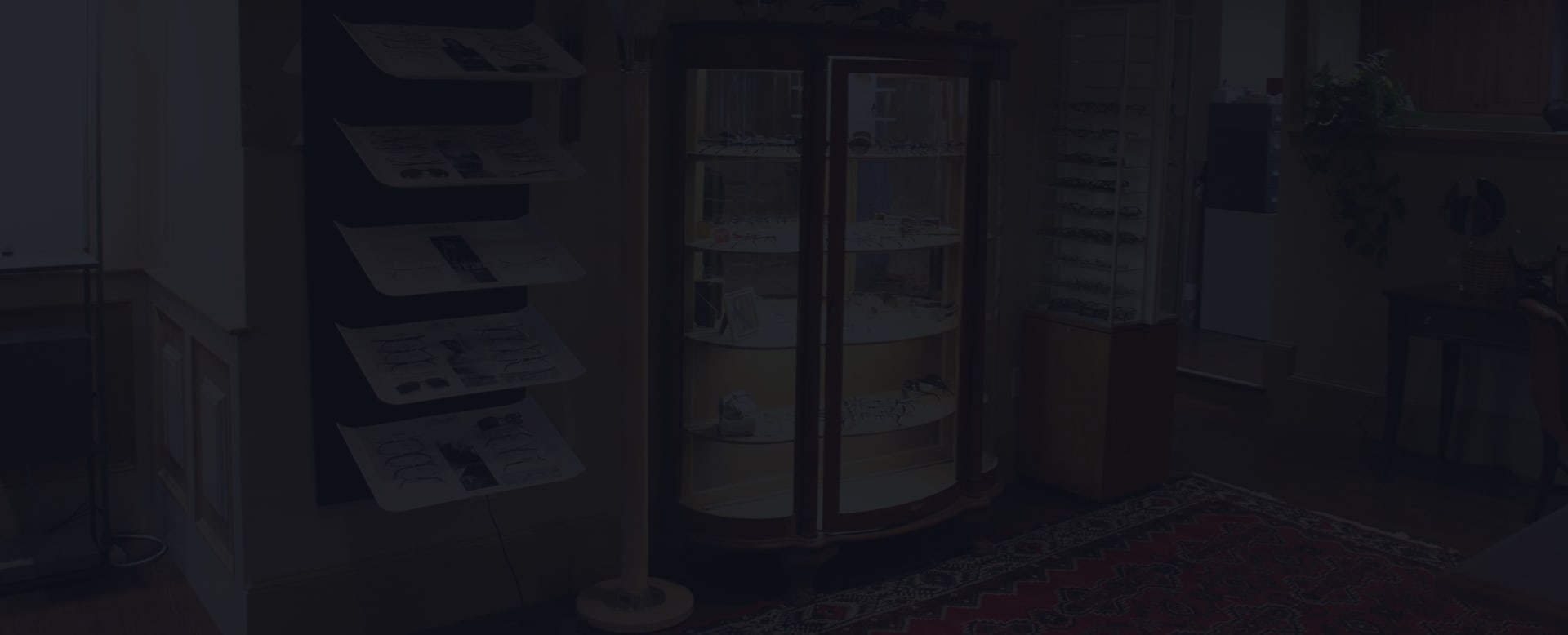If you’ve recently had your vision checked, you might be wondering whether the same prescription applies to both your eyeglasses and contact lenses. After all, both are designed to correct your vision—so shouldn’t the numbers match?
While contact lenses and glasses serve the same purpose, the prescriptions for each are not interchangeable. This is due to the way they’re worn, how they interact with your eyes, and the different measurements required for proper fit and comfort.
Understanding what sets contact lens and eyeglass prescriptions apart is important to know when to use the correct one for each.
Understanding Your Vision Prescription
When your optometrist gives you a prescription, it includes key values that correct your specific refractive error. These values are typically:
- Sphere (SPH): Corrects nearsightedness (negative) or farsightedness (positive)
- Cylinder (CYL): Corrects astigmatism
- Axis: Orientation of astigmatism correction
- Add: For multifocal or reading prescriptions
- Prism: May be included for certain eye alignment issues
While glasses and contacts both correct these same vision issues, the numbers often differ because of the way each lens type sits in relation to the eye.
Why Contact and Glasses Prescriptions Differ
The biggest factor? Distance. Glasses rest about 12 mm away from your eyes, while contact lenses sit directly on the cornea. That small distance makes a big impact on how light is focused.
In fact, due to this distance, the lens power required for contact lenses can vary significantly from your glasses prescription—even if the refractive error is the same.
Additional Measurements for Contact Lenses
Unlike glasses, contact lens prescriptions also include:
- Base Curve (BC): Determines how the lens curves to match your eye
- Diameter (DIA): Indicates the size of the lens
- Lens brand or material: Specific brands and materials may be prescribed to accommodate comfort, dryness, or eye shape
These added details ensure a safe and comfortable fit—essential for long-term contact lens wear.
Can the Two Prescriptions Ever Be the Same?
In cases where the prescription is mild and there’s no astigmatism, the numbers for glasses and contacts might be close. However, you should never assume they’re interchangeable. Even a slight difference in lens power or fit can affect your vision and comfort.
To wear contact lenses safely, you’ll need a separate contact lens exam and fitting, even if you already have glasses.
How Long Is a Prescription Valid?
Even if your vision feels stable, prescriptions aren’t valid forever:
- Contact lens prescriptions typically expire after 1 year.
- Eyeglass prescriptions often expire after 2 years.
Because contacts rest directly on your eye, regular exams help monitor fit, oxygen flow, and tear health—making annual renewals essential.
Why Contact Lens Fittings Are So Important
Even if you’ve worn glasses for years, switching to contact lenses isn’t as simple as transferring your prescription. Contact lens fittings are a critical part of ensuring that your lenses are not only effective—but also safe and comfortable for daily wear.
What Happens During a Contact Lens Fitting?
A proper fitting includes:
- Corneal measurements: Your eye care provider uses specialized tools to measure the curvature and size of your cornea. This ensures the lens matches the shape of your eye and sits properly without causing discomfort or sliding out of place.
- Tear film evaluation: Contact lenses sit directly on your tear film. If your eyes are too dry, your provider may recommend a different lens material or suggest treatments for dryness before fitting lenses.
- Trial lenses: You’ll usually try on sample lenses during your appointment to test comfort, movement, and visual clarity. Your optometrist will assess how the lens fits and how your eyes respond after some wear time.
- Instruction and care guidance: You’ll receive education on how to insert, remove, and clean your lenses safely to avoid irritation or infection.
Why Skipping the Fitting Can Be Risky
Wearing the wrong contact lenses can lead to:
- Blurry vision
- Eye strain or headaches
- Redness or irritation
- Corneal scratches or infections
A contact lens fitting ensures that you’re not only seeing clearly, but also protecting the long-term health of your eyes. Every new and returning contact lens wearer should take this step.
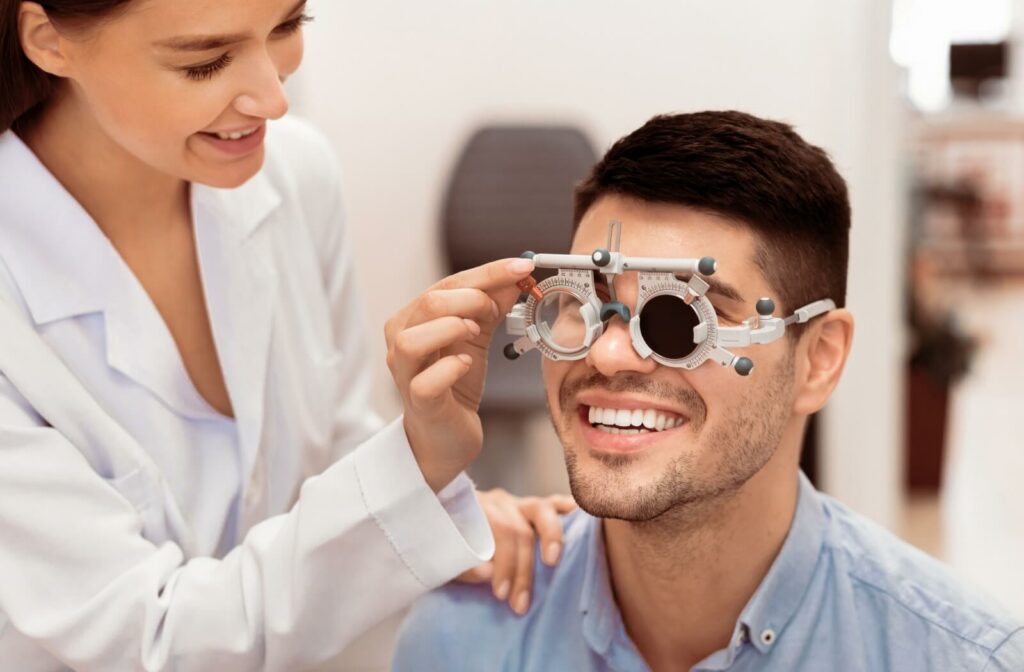
Choosing Between Contacts & Glasses
Both options offer excellent vision correction—but they serve different needs.
Benefits of Eyeglasses
- Easier to care for
- No direct contact with the eye
- Come in a wide variety of fashion-forward styles
- Provide some protection from wind, debris, or UV rays
Benefits of Contact Lenses
- Offer a wider field of vision with no frames
- Ideal for active lifestyles or sports
- Won’t fog up or reflect glare
- Can be worn under sunglasses or safety glasses
Many people choose to wear both, depending on the activity or time of day. What matters most is using the correct prescription for each.
Can an Optometrist Convert One Prescription?
While optometrists can estimate a contact lens prescription from your glasses, it’s not a perfect conversion. A full contact lens fitting is required to ensure:
- Proper lens curvature and diameter
- Correct power adjustment based on proximity to the eye
- Safe compatibility with your tear film and eye surface
Retailers will not sell contacts without a valid, up-to-date contact lens prescription for this reason.
Stay Clear & Comfortable with the Right Fit
Vision correction is personal. Even if two lenses fix the same issue, they aren’t interchangeable. That’s why it’s so important to get the right prescription for your contact or glasses through a licensed provider.
Expertise Makes a Difference
At Weston Optical, we know that your eyewear isn’t just about seeing better: it’s about living better. Our experienced team will help you understand the difference between contact and glasses prescriptions, explore options for each, and find the fit that’s just right for your lifestyle.
Whether you need a contact lens fitting, stylish new frames, or help renewing a prescription, we’re here to provide expert care with a personal touch.
Book an appointment at Weston Optical today to get the right prescription, and the right eyewear, or your unique vision needs.

